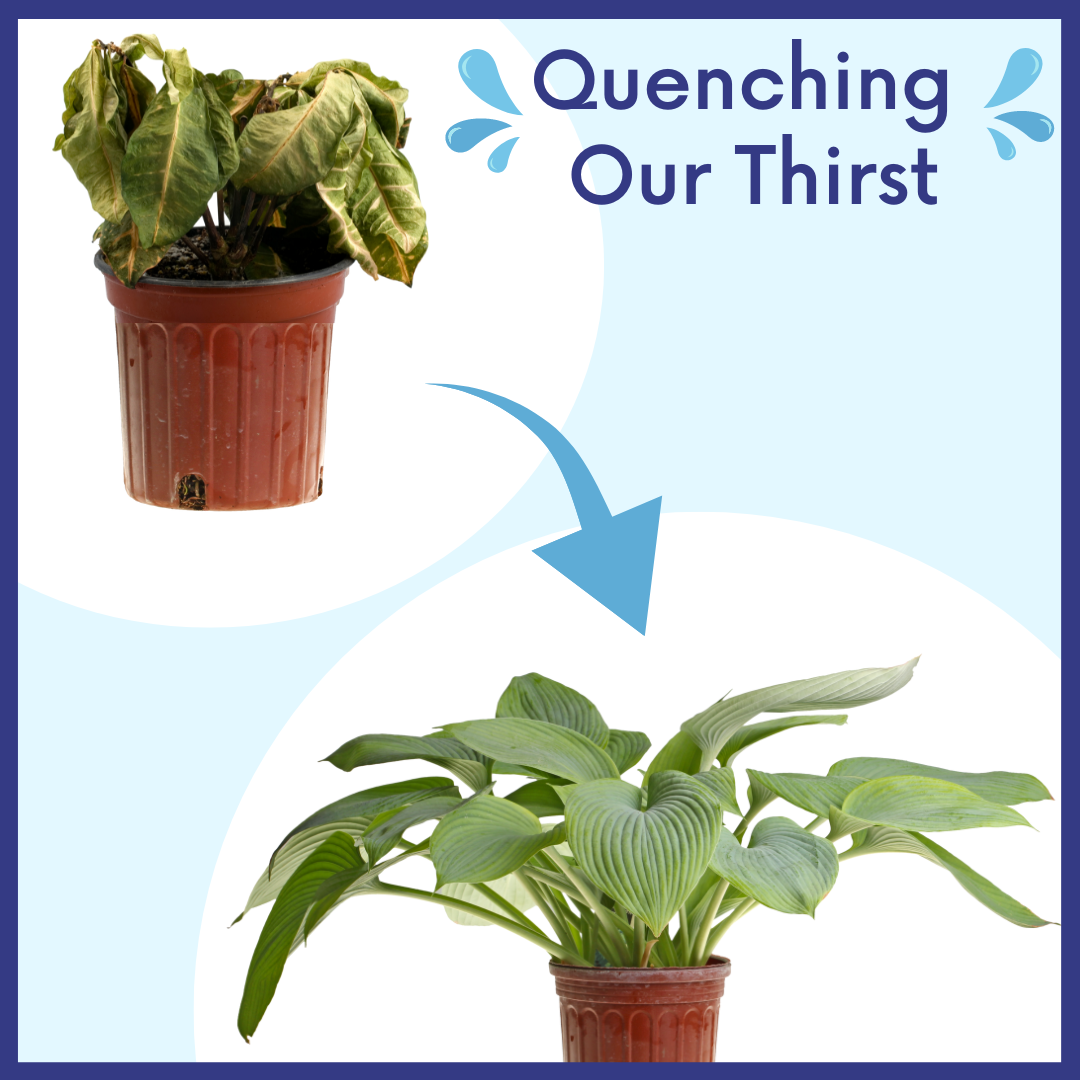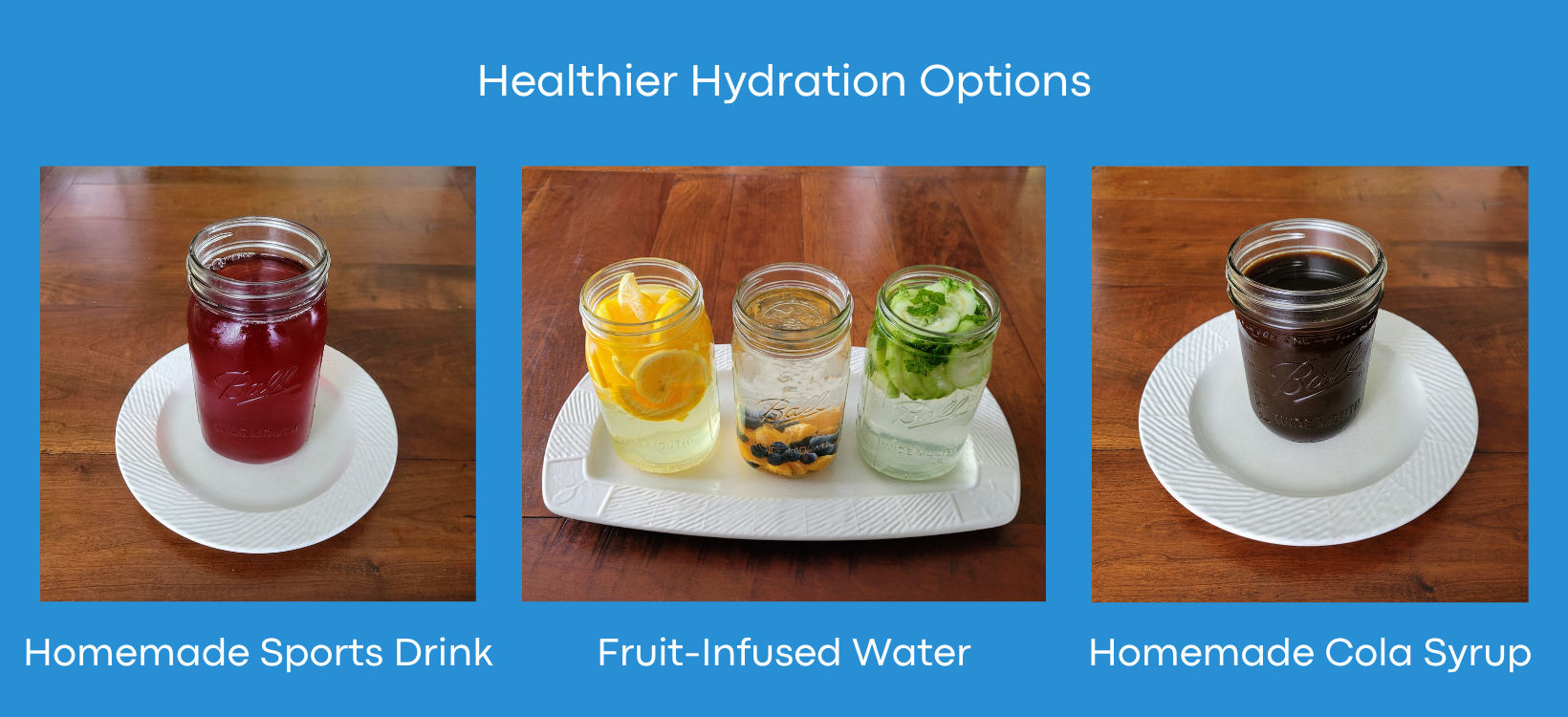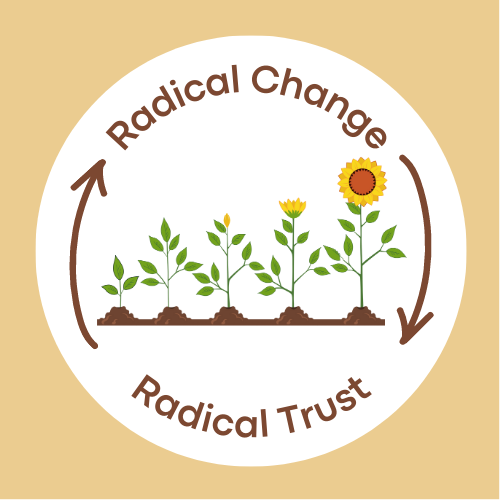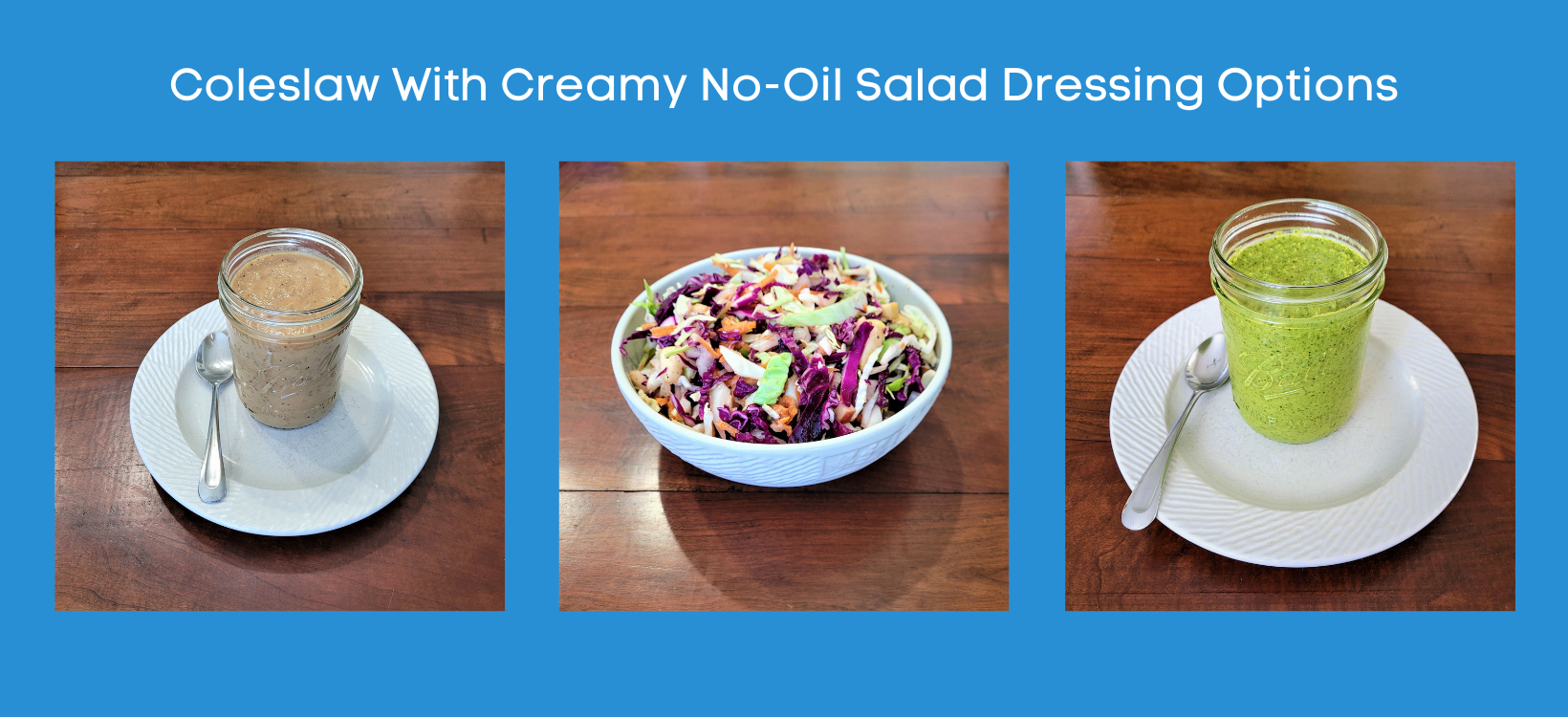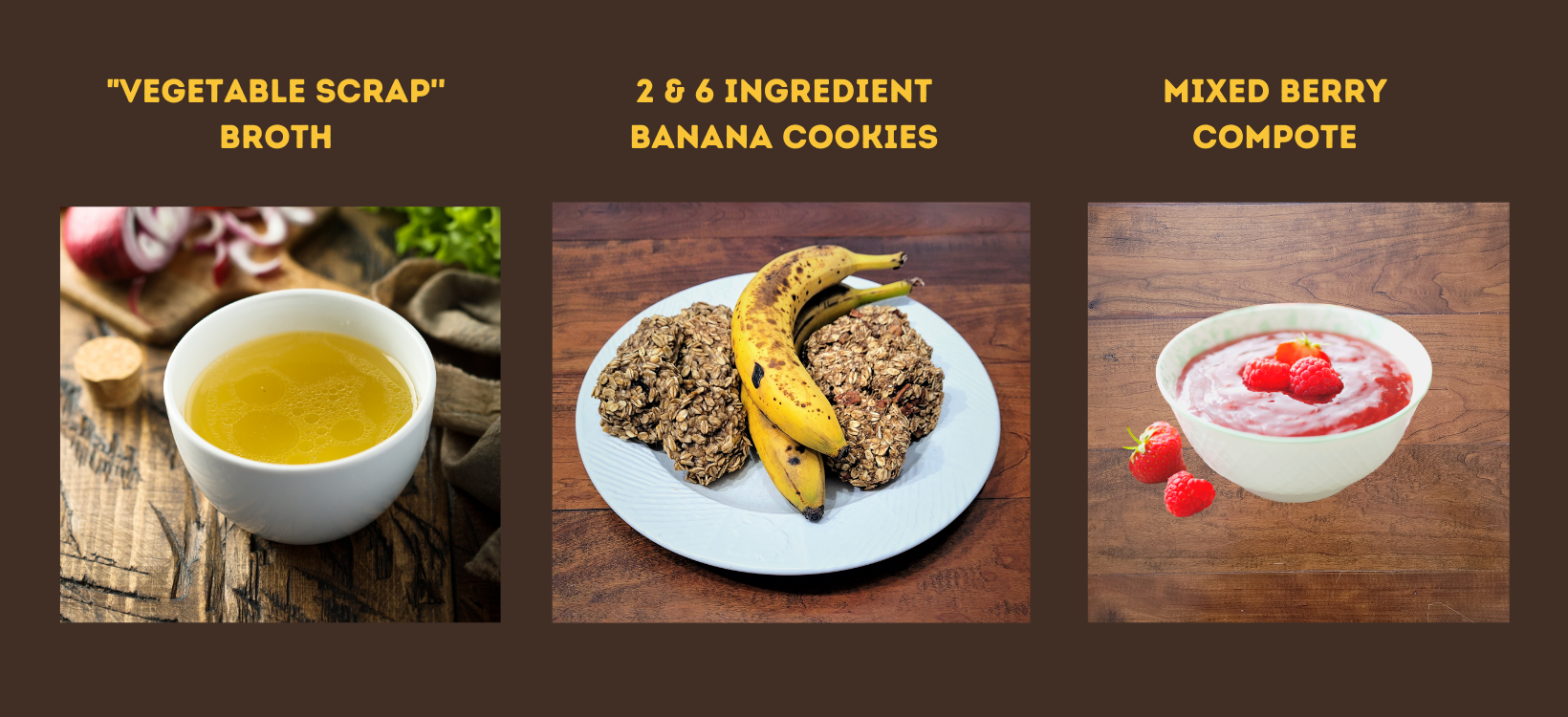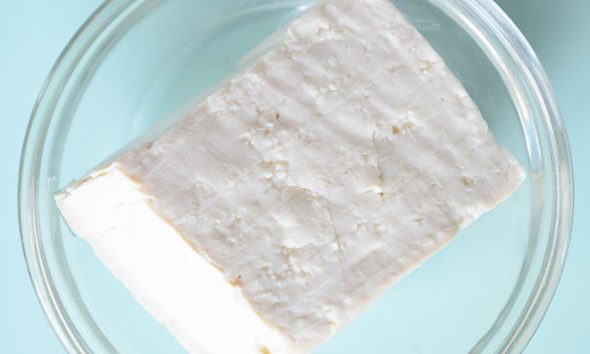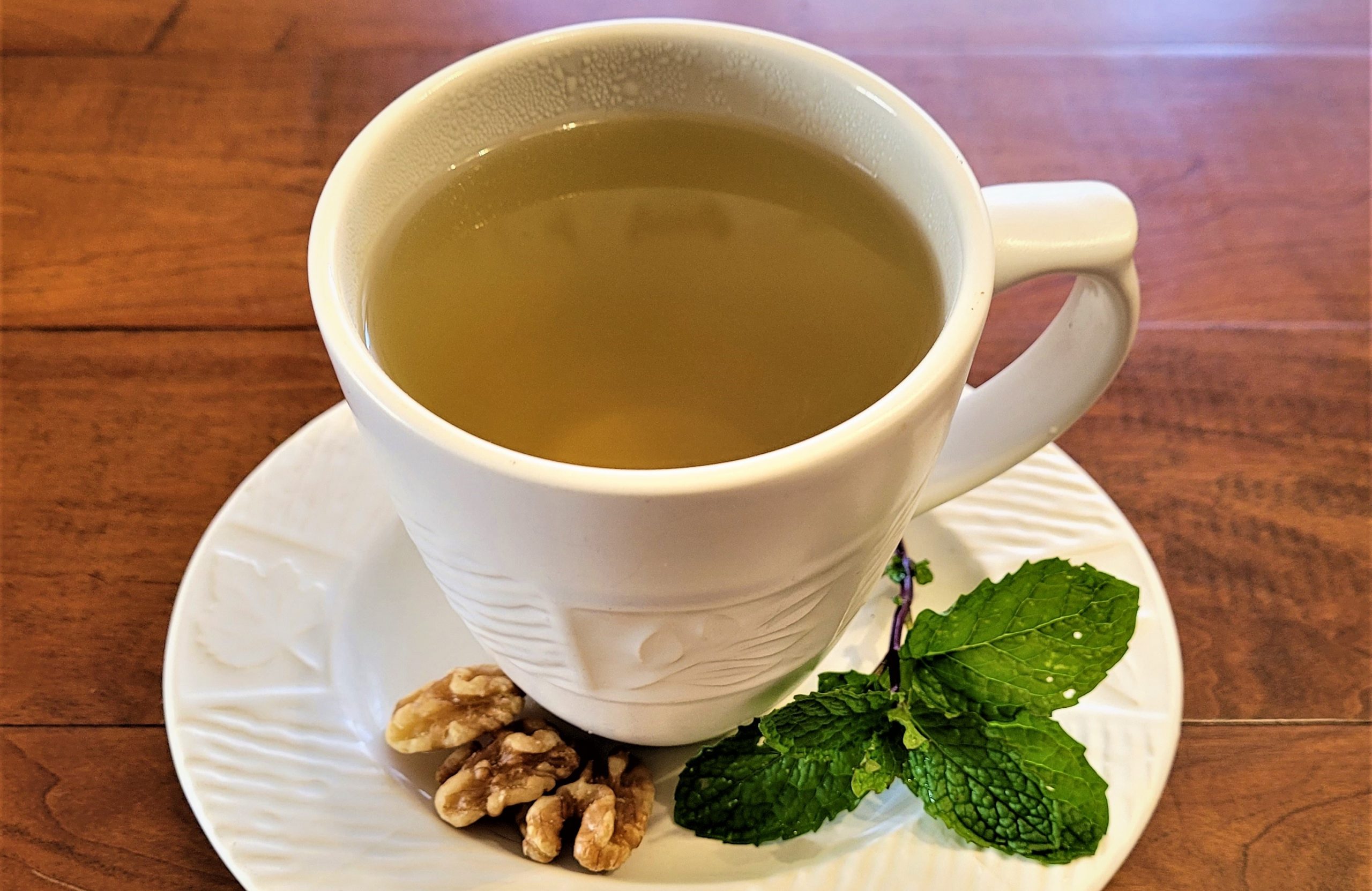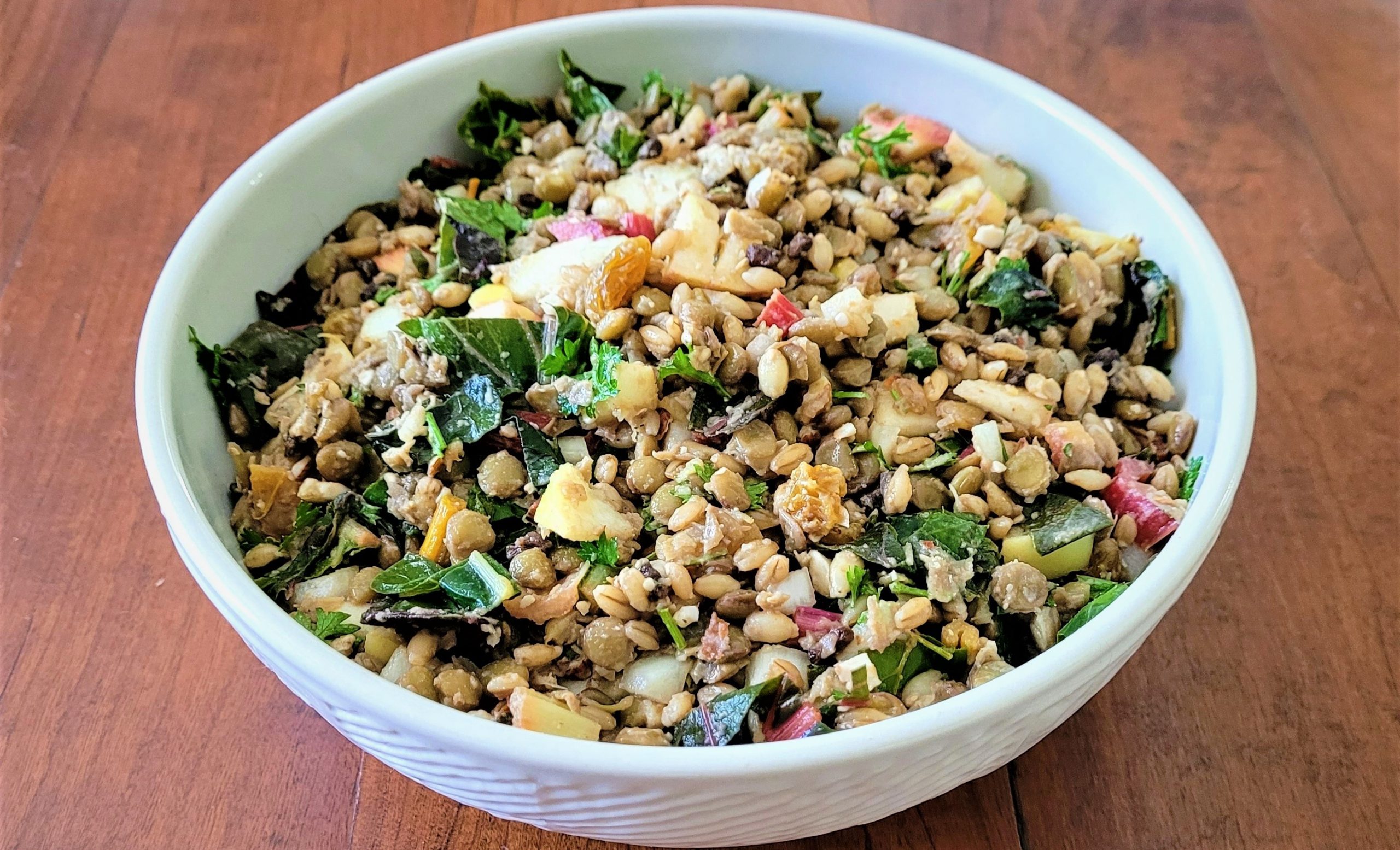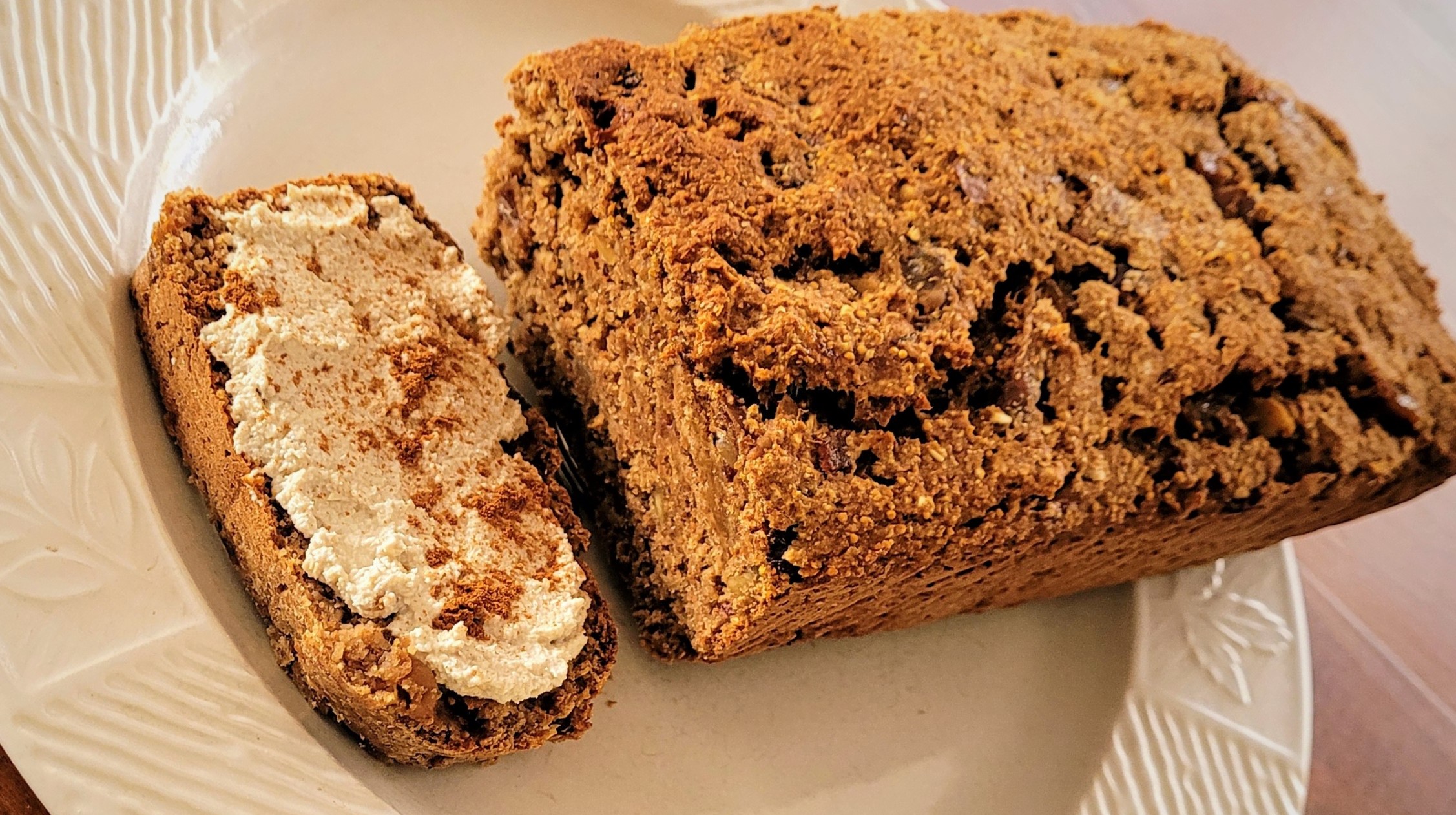Quenching Our Thirst
Scripture: “…while Jesus was standing there, he cried out, ‘Let anyone who is thirsty come to me.’” – John 7:37 NRSVUE
Last month, I was invited to lead a lesson at Club 45, a weekly gathering of 4th and 5th graders at Newlonsburg Presbyterian Church in Murrysville, PA. Rain was on the forecast for the evening (fitting that our topic was water and hydration). I ended up with a room fuller than usual with young people. Many of them have sports practices (which is why I picked hydration as our topic) that often meet at the same time as Club 45, but since it was raining, their practices were canceled. This resulted in a very high energy evening, as many of them are used to burning off their energy at practice. I was left enthusiastic but exhausted!
After a quick introduction, I started the lesson by asking the students the following questions:
- Do you think it would be a good idea to give small children, animals, or plants soda or a sports drink? What would happen if we did?
- What are the differences between the healthy watered plant and the unhealthy plant? (I included the image with this message).
- What do you think might happen to our bodies if we stopped drinking mostly water and drank soda, fruit drinks, and sports drinks instead? Or if we simply stopped drinking much at all?
My reflection question for you – how would you respond?
Water is what human beings, animals, and plants were designed to drink. Drinking water is what helps us stay healthy! For example, water helps to regulate our body temperature and to moisten tissues in our eyes, nose, and mouth.¹ It protects our bodies, organs, and tissues; carries nutrients and oxygen to cells; lubricates our joints; and lessens the burden on our kidneys and liver by flushing out waste products, among other things! Likewise, for plants, water is an essential nutrient and, in fact, comprises up to 95% of a plant’s tissue. Water is required for a seed to sprout, the carrying of nutrients throughout the plant, transpiration (which keeps the plant from overheating), and so much more!²
Drinks other than water often have added ingredients that get in the way of water’s ability to do what it’s supposed to do for us. (Want some hydration tips? Be sure to check out our health highlight section in this newsletter)!
Sports drinks certainly have their place; as an active long distance runner, I use them on long runs. However, they are generally not necessary for exercise lasting less than an hour. For this level of exertion, water will suffice. (For more information on how to utilize sports drinks appropriately, click here. For information specifically for children, click here).
As for soda-coke-pop, consider reserving it for special occasions and instead quench your daily thirst with flavorful alternatives. For example, if you haven’t tried fruit/vegetable/herb infused water, I encourage you to do so. Check out our recipe link for some ideas — the Club 45 youth gave the three samples we shared with them (orange/lemon/lime, tangerine/blueberry, and cucumber/lemon/mint) a huge thumbs up! Also, if you’d like a healthier soda alternative, check out that recipe as well. That, too, received the youth’s approval!
In addition to quenching your physical thirst this summer, I also want to encourage you to be attentive to hydrating yourself spiritually.
If you’re anything like me, you tend to push yourself pretty hard through the fall-winter-spring seasons of life and you always look forward to the slower summer months, when you not only physically slow down (which makes it easier for you to care for your physical hydration needs) but also find it easier to carve out more time to spiritually hydrate yourself (through prayer, “sipping” on good spiritual books, enjoying time in God’s creation both by yourself and with others, etc.).
Likewise, I challenge you to discover and practice new ways of making mind-body-soul hydration part of your daily routine this summer. And, if you are willing, we’d love for you to share some of your spiritual thirst-quenching recipes with us!
Peace,
Karen H. Webster
HSHC Co-founder/Executive Director
¹Allie Wergen, “Water: Essential for your body,” September 29, 2022, Mayo Clinic Health System, accessed at https://www.mayoclinichealthsystem.org/hometown-health/speaking-of-health/water-essential-to-your-body.
² Jodi Richmond, “How Plants Use Water,” WV Extension, March 1, 2021, accessed at https://extension.wvu.edu/lawn-gardening-pests/news/2021/03/01/how-plants-use-water.

